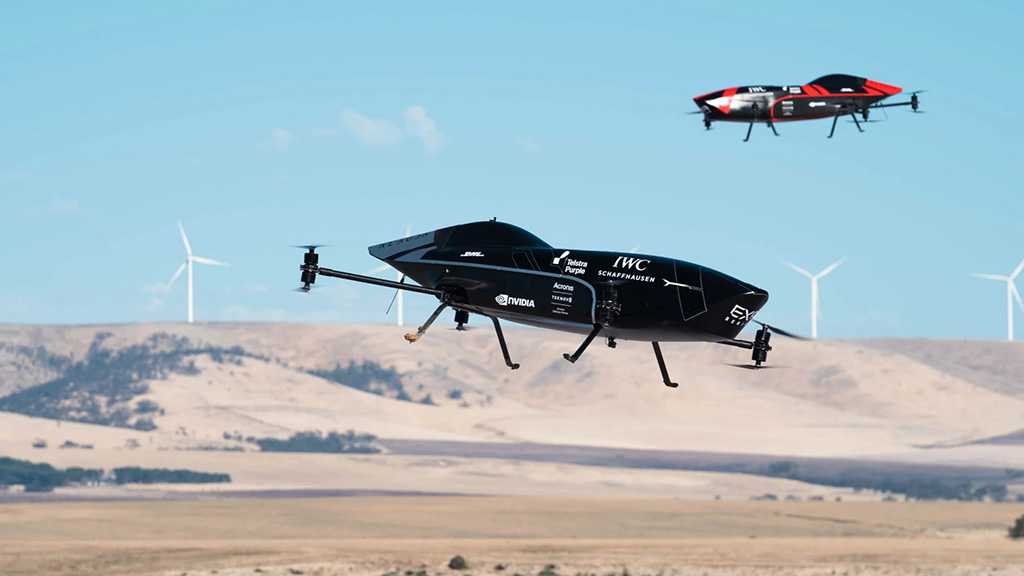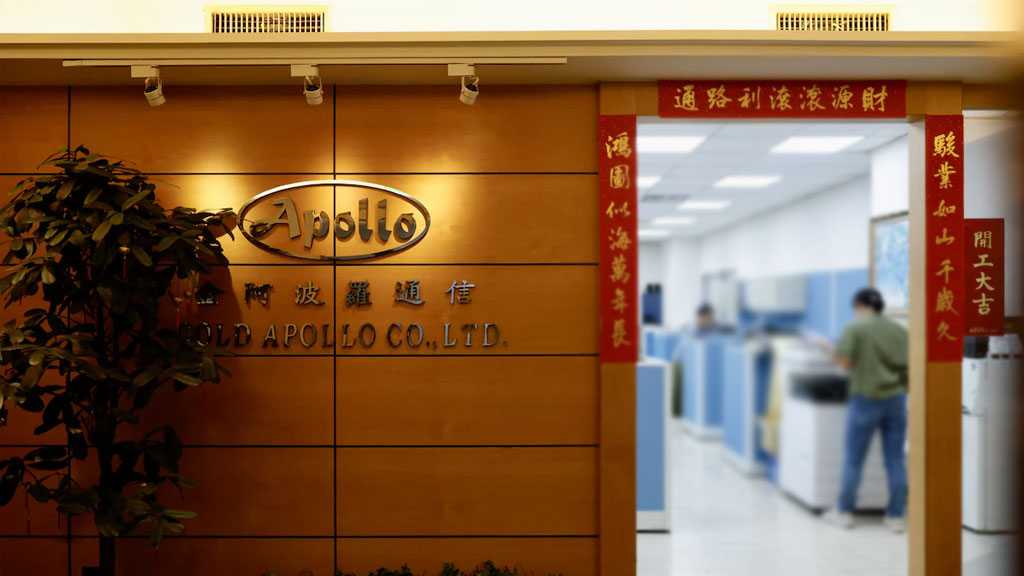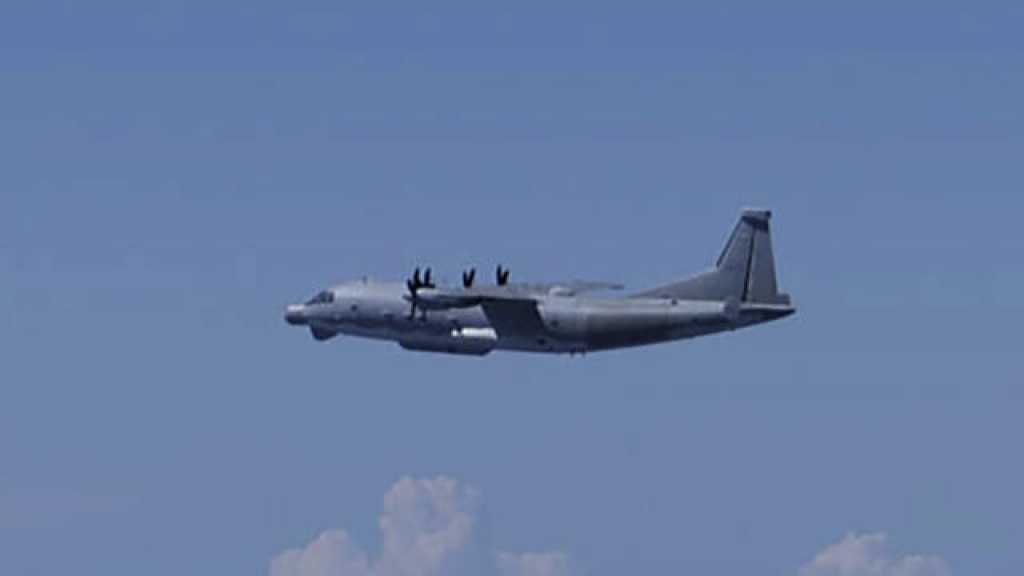
Formula 1 In the Skies: Could Flying Cars Soon Be A Reality?

By Staff, Al Jazeera
Since the 1980s, inventors have been promising to turn the flying cars of Back to the Future and The Jetsons into reality.
Companies including Toyota, AirBus, Hyundai, and Kitty Hawk, a project backed by Google co-founder Larry Page, are still racing to develop the first commercially viable Vertical Take-Off and Landing [VTOL] vehicle – and cash in on an embryonic industry that Morgan Stanley predicts will be worth a trillion dollars by 2040.
To date, not one of these companies has sold a flying car.
Now, a little-known VTOL aircraft maker from Australia is attempting to crack the problem by adopting a strategy used by many of the world’s earliest carmakers.
Next year, Alauda Aeronautics, based in Adelaide, plans to introduce the world’s first crewed flying car race in the Australian desert: a high-stakes series called Airspeeder that has been billed as the Formula One of the skies.
“The reason I think everyone has failed until now is that they’ve bitten off more than what they can chew,” Matt Pearson, an internet entrepreneur who founded Alauda in 2016, told Al Jazeera.
“They’re trying to invent new vehicles, get them into production, change the regulatory environment and then start operating commercial passenger services. Just doing one of those things is hard. Trying to do all of them in one step has not proved possible yet.”
Pearson’s mission is inspired by history, particularly the period between 1886, when Daimler Benz invented the first car, and 1925, when Henry Ford brought the cost of a Model-T down to about four months’ wages for an average American worker through mass production using conveyor belts.
“What happened in those years in between?” Pearson said. “Car makers didn’t focus on ride-sharing. They focused on racing. Henry Ford, Marcel Renault, Rolls Royce, even Tesla. They all started in motorsports.”
Alauda has developed 11 autonomous electric-powered VTOL aircraft in the past six years, and earlier this year unveiled its first crewed version, the Mk4.
Powered by a hydrogen-cell electric turbo engine that delivers 1,300 horsepower, it is billed as the fastest VTOL aircraft ever built, capable of reaching speeds of 360 kilometers per hour [223 miles per hour] within 30 seconds.
Starting next year, the model is set to be used in Airspeeder team races that will be broadcast globally by Fox Sports Australia.
“Right now, the Mk4 costs millions of dollars each,” Pearson said “But we don’t see why eventually they can’t be the same price as a Tesla. The expensive thing is not making them. It’s the engineering.”
Sonya Brown, an aerospace design expert at the University of New South Wales, said Alauda’s business model has merit.
“If we look at Formula One, a lot of technology that came from there has found its way into passenger vehicles,” Brown told Al Jazeera.
Ride-hailing giant Uber pioneered the air-taxi concept in 2017 with the launch of Elevate, a joint venture with Bell Helicopters that aimed to create a network of flying taxis accessible via smartphone.
“It’s an exciting opportunity,” Bell Helicopter chief executive Mitch Snyder said at the time, promising to launch flying taxis in Los Angeles by 2023.



